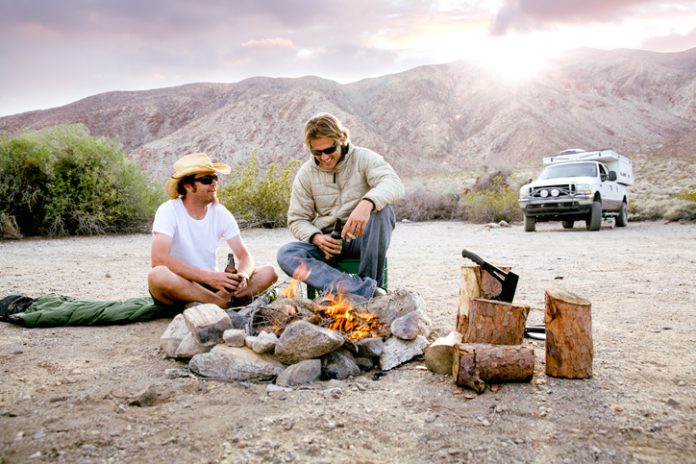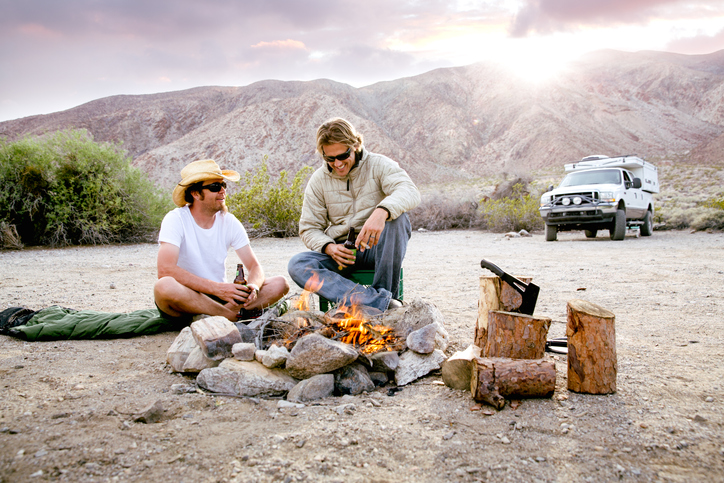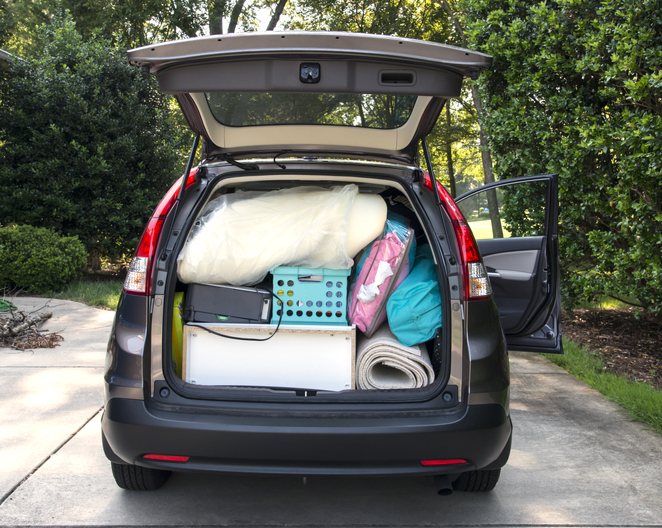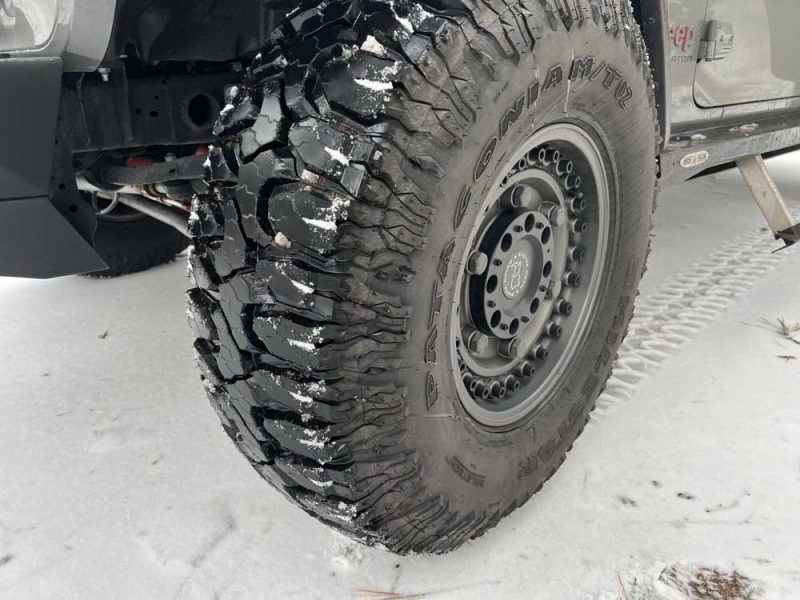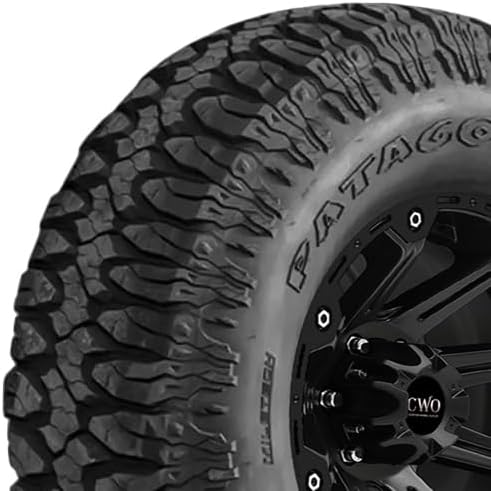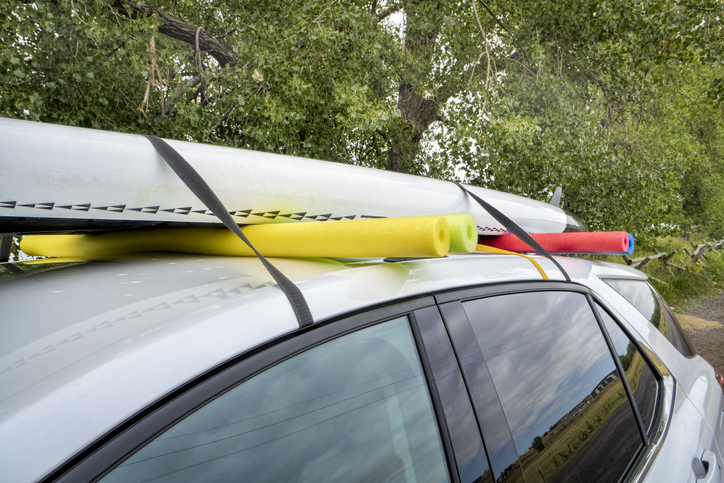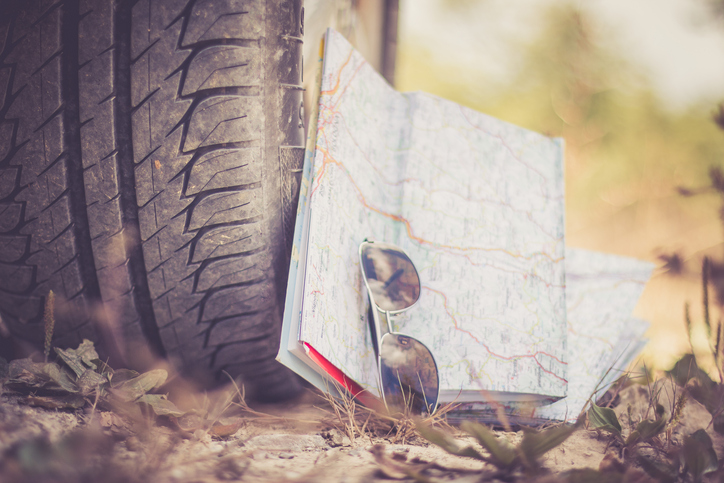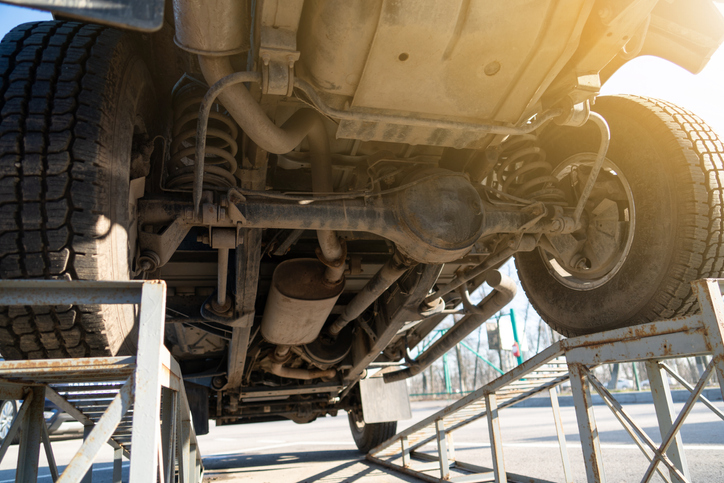Photo by AMR Image via iStock
Overlanding is not just a journey; it’s a statement of adventure. As more enthusiasts steer their wheels towards the unbeaten path, the thrill of discovering untouched terrains becomes increasingly popular. But while the horizon may beckon with promises of adventure, the road leading there is riddled with potential missteps.
The challenges of overlanding are as diverse as the terrains one might encounter. From dense forests to arid deserts, every landscape presents its own set of trials. And while the spirit of exploration is commendable, it’s the preparation that often dictates the journey’s success.
Every experienced overlander has tales of mishaps or lessons learned the hard way. Yet, for those just starting out, understanding these pitfalls can save both time and heartache. By navigating around these common errors, you’re not just ensuring a smoother journey but enhancing the whole overlanding experience.
So, strap in as we guide you away from these typical overlanding mistakes and towards unforgettable expeditions.
Table of Contents
- Overlanding Mistakes to Avoid: Overpacking or Underpacking
- Overlanding Mistakes to Avoid: Buying the Wrong Tires
- Overlanding Mistakes to Avoid: Failing to Properly Secure Equipment
- Overlanding Mistakes to Avoid: Neglecting Navigation and Communication
- Overlanding Mistakes to Avoid: Overlooking Vehicle Maintenance
Overlanding Mistakes to Avoid: Overpacking or Underpacking
Image by clsgraphics via iStock
One of the most frequent overlanding mistakes is the struggle of deciding what to bring along. It’s a delicate balance; too much can burden the vehicle, while too little might leave you ill-equipped for unforeseen challenges. This balancing act is especially crucial in overlanding, where every square inch of space and every pound of weight can influence the vehicle’s performance and comfort.
For those new to overlanding, it might seem tempting to pack everything, including the kitchen sink. However, the key is prioritization. Start with essentials like food, water, shelter, and first aid, then consider the terrain and weather conditions you’ll encounter. Every item you pack should have a clear purpose.
Seeking advice from seasoned overlanders or following a packing guide can be invaluable. Remember, each trip will offer its own learning curve. Over time, you’ll develop a keen sense of what truly matters and what can be left behind, ensuring that each expedition is better than the last.
PREVIEW PRODUCT RATING 13 Pcs Camp Kitchen Cooking Utensil Set Cookware Kit RoverTac Multitool Hatchet Camping Tool Vont 4 Pack LED Camping Lantern, LED Lanterns LifeStraw Personal Water Filter for Hiking, Camping, Travel, and Emergency Preparedness 163 Pieces First Aid Kit Waterproof Coleman Camping Chair with Built-in 4 Can Cooler





Overlanding Mistakes to Avoid: Buying the Wrong Tires
The tires you choose for overlanding are more than just rubber meeting the road; they are the very foundation of your adventure. They determine where you can go, how smoothly you’ll get there, and, in many cases, how safely you’ll traverse challenging terrains. Opting for the wrong set can not only hinder your journey but can pose genuine safety risks.
Enter the Milestar Patagonia M/T-02, a tire designed with the overlander in mind. With its sophisticated design and advanced tread pattern, the M/T-02 is built for both durability and performance. Features like its Miletech compound provide added strength and impact protection, ensuring that the tire can withstand the unpredictable terrains overlanders often encounter. The high void tread design, on the other hand, ensures efficient mud evacuation, keeping the grip firm even in the muddiest conditions.
Now, it might be tempting to opt for generic or non-specialized tires in an attempt to save costs. But doing so can be a costly error in the long run. Non-specialized tires might lack the durability required for rough terrains, leading to quicker wear and tear. They might also fail to provide the necessary grip, turning seemingly manageable terrains into treacherous paths.
In essence, investing in the right tires, like the Milestar Patagonia M/T-02, is investing in the success and safety of your overlanding adventure. It’s a choice that champions performance, safety, and the very spirit of exploration.
Overlanding Mistakes to Avoid: Failing to Properly Secure Equipment
Image by marekuliasz via iStock
From tents and cooking tools to water containers and recovery kits, each piece should play a pivotal role in ensuring your overlanding journey’s success. But imagine the catastrophe of a crucial piece of equipment tumbling off your vehicle midway or, worse, potentially causing harm to others on the road. That’s the risk one runs when equipment isn’t secured correctly.
Externally stored items, whether strapped to roof racks or attached to cargo carriers, are especially susceptible to being dislodged. The varying terrains, from bumpy trails to steep inclines, exert forces that can jostle even seemingly tight fixtures. Loss of vital equipment isn’t just an inconvenience; it can jeopardize the entire expedition.
To sidestep these pitfalls, a few proactive measures go a long way. First, invest in high-quality securing accessories. Ratchet straps, bungee cords, and specialized roof rack attachments are all designed to keep your gear in place.
Additionally, regularly inspect these fixtures for wear and tear. Over time, even the best-securing accessories can weaken or degrade, reducing their efficacy. Finally, after packing and before setting off, perform a manual check. Tug on the secured items, ensuring they’re firmly in place and don’t exhibit any play.
Overlanding Mistakes to Avoid: Neglecting Navigation and Communication
Image by Patrick Daxenbichler via iStock
The allure of overlanding often lies in venturing into the unknown, seeking places untouched by urban sprawl. However, as you journey farther from civilization, the very tools that guide and connect you can become unreliable. Navigation and communication, often taken for granted in our digital age, become paramount when traversing uncharted territories.
Modern technology, as advanced as it is, has its limits. Relying solely on smartphones or standard GPS devices for navigation can lead to dire consequences in remote areas. These gadgets often depend on cellular networks, which can be spotty or non-existent in secluded regions. Without a signal, your cutting-edge device can quickly become just an expensive paperweight, leaving you quite literally lost.
To circumvent this, it’s prudent to carry multiple navigation tools. Traditional maps, for instance, remain invaluable. They don’t need a battery, can’t malfunction, and, when paired with a good old-fashioned compass, can guide you through the most remote regions. Similarly, satellite phones or personal locator beacons can be lifesavers when regular cell signals falter. These devices operate on satellite networks, ensuring connectivity even in the remotest corners.
Overlanding Mistakes to Avoid: Overlooking Vehicle Maintenance
Image by Scharfsinn86 via iStock
Overlanding is as much about the journey as it is about the vehicle that takes you there. Therefore, ensuring that your vehicle is in prime condition isn’t just about a smooth ride; it’s about safety, efficiency, and ensuring the journey goes on.
Before you even set tires on the trail, regular check-ups are essential. This isn’t your usual drive to the grocery store; overlanding pushes vehicles to their limits and needs preparation. A thorough inspection focusing on the vehicle’s suspension, engine, and drivetrain is paramount.
Preparing your vehicle for various terrains means understanding the demands of those terrains. Desert drives might require special air filters to deal with sand, while muddy terrains might require better tire traction. Simple steps, like ensuring proper tire inflation, carrying essential repair tools, or even having an extra fuel container, can make a significant difference.
Disclaimer: Just so you know, some of the cool stuff we mention comes with affiliate links, meaning we earn a commission if you buy (no extra charge to you!). Plus, we occasionally feature sponsored content, but rest assured, we only shout out products we genuinely stand behind.



